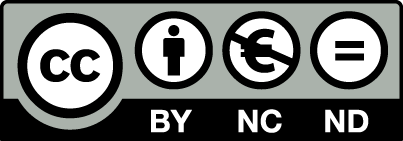Abstract:
Here, we use an input distance function approach to determine the shadow price of carbon dioxide (CO2), technical efficiency and potential for emission reductions of the industrial sectors of China and Korea, and impact of carbon trading on costs. Data from 20 industries in the manufacturing sectors of South Korea and China were analyzed during 2015-2019. The potential for CO2 emission reductions and cost-saving effects of emissions trading were compared between the two countries. The average technical efficiency score of 20 manufacturing industries in Korea was 0.71, indicating that production costs could be reduced by almost 30%, while for China, the potential cost savings were 4% higher. The average marginal abatement cost in Korea was estimated as US$6.46/ton, while the weighted average marginal abatement cost for CO2 emissions (ps), was US$15.1/ton. For China, the respective values were similar, at US$3.21/ton and US$6.57/ton.

